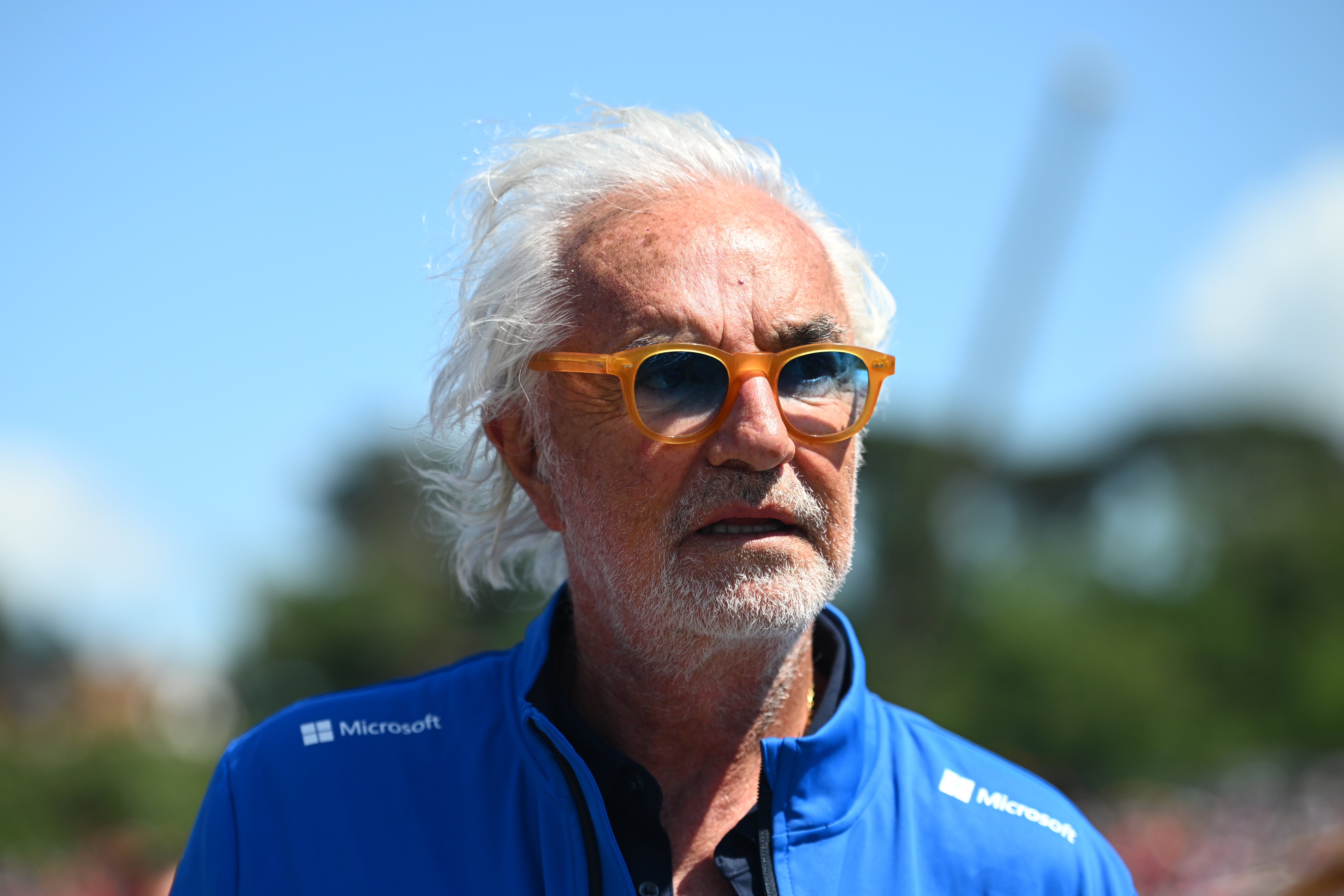**Title: Franco Colapinto’s Game-Changing Discovery: A Structural Flaw That Could Redefine Alpine’s Future**
 In a stunning turn of events following the Spanish Grand Prix, Franco Colapinto has emerged not just as a driver but as a pivotal figure in Formula 1, uncovering a structural flaw in the Alpine A525 that could reshape the team’s trajectory. While most drivers were focused on recovery after the race, Colapinto’s relentless pursuit of technical perfection led him to investigate a nagging discrepancy between his sensations behind the wheel and the telemetry data presented to him—an anomaly that others chose to overlook.
In a stunning turn of events following the Spanish Grand Prix, Franco Colapinto has emerged not just as a driver but as a pivotal figure in Formula 1, uncovering a structural flaw in the Alpine A525 that could reshape the team’s trajectory. While most drivers were focused on recovery after the race, Colapinto’s relentless pursuit of technical perfection led him to investigate a nagging discrepancy between his sensations behind the wheel and the telemetry data presented to him—an anomaly that others chose to overlook.
The Argentinian driver, who finished the race without crossing the finish line in a conventional sense, sensed that something was amiss. His intuition was corroborated when he discovered a micro-crack in the car’s structural reinforcement that had likely gone unnoticed throughout the season—an oversight that could have led to catastrophic failures in future races. Colapinto’s findings have sent shockwaves through the Alpine team, prompting a reassessment of their inspection protocols and igniting discussions about the very culture of technical oversight within the organization.

What makes Colapinto’s revelation particularly remarkable is how it highlights a fundamental disconnect in the team. While the engineers relied on telemetry data to dictate the car’s behavior, Colapinto’s instincts, honed through years of racing experience, allowed him to discern that the data was failing to tell the whole story. As he meticulously compared laps, he noted that the A525 was losing lateral grip erratically—not consistent with typical tire degradation or aerodynamic setup. Instead, the car exhibited signs of intermittent structural fatigue that became critical during high-stakes corners.
In a bold move, Colapinto requested access to the car’s physical components, leading to the discovery of a micro-crack in the rear floor’s anchoring point. This revelation not only highlighted a serious mechanical vulnerability but also exposed a troubling pattern of complacency in the team’s inspection processes. The lack of routine checks on this key structural component had left the team vulnerable, and it was a rookie driver who ultimately sounded the alarm.

The implications of this discovery are profound. Not only did Colapinto potentially save Alpine from impending disaster, but he also challenged the status quo in a team that had grown accustomed to trusting data without question. His analytical mindset and meticulous attention to detail have set him apart as a driver who is not just there to fill a seat but to actively contribute to the technical development of the car. Colapinto’s actions have prompted Alpine to implement a new protocol for structural inspections, ensuring that no detail is overlooked moving forward.
As whispers circulate around the paddock about Colapinto’s rising star, his ability to bridge the gap between driving and engineering makes him an invaluable asset. His reputation as a sharp technical mind is growing, with rival teams taking note and even inquiring about his insights. The question now looms: how long can Alpine afford to keep such a talent off the main stage?

Colapinto’s performance at the Spanish Grand Prix is not merely a footnote in his career; it could mark a significant turning point for Alpine, which is now faced with a pressing dilemma. With his keen eye for detail and technical acumen, he has transformed the narrative around his role from that of a mere reserve driver to a critical player in Alpine’s future success.
As the Formula 1 season progresses, all eyes will be on Alpine. Will they recognize and capitalize on Colapinto’s extraordinary contributions, or will they risk letting this diamond in the rough slip through their fingers? One thing is certain: Franco Colapinto has proven that he is not just racing to compete—he is racing to change the game.
